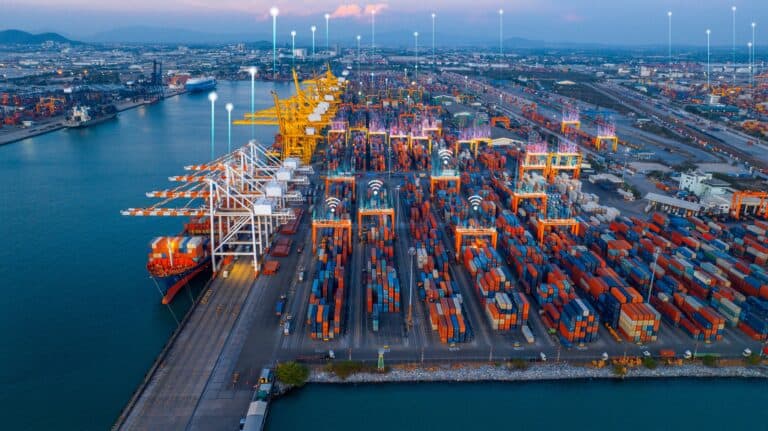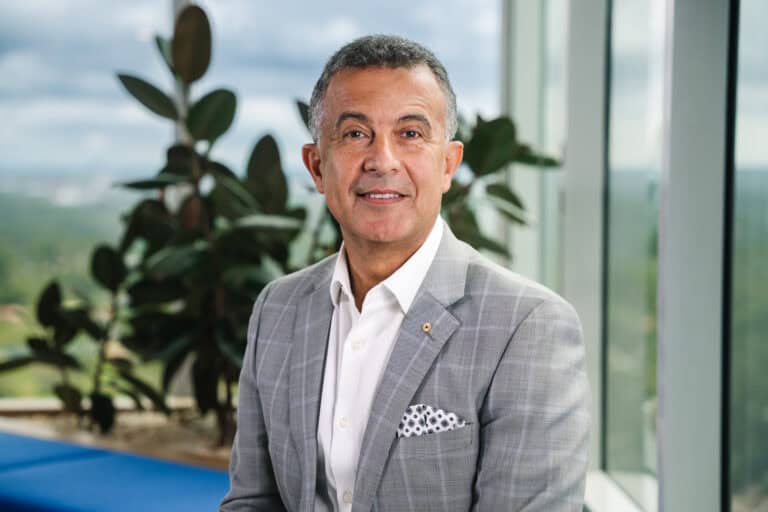At the end of November, BAI Communications (BAI) obtained a telecommunications carrier licence, laying the foundation to expand neutral host solutions for Australia’s Mobile Network Operators (MNOs).
Our neutral host infrastructure offering for MNOs is a priority growth area and this carrier licence is a step towards being able to provide seamless end-to-end fully managed services for a single MNO or neutral host services for two or more MNOs sharing the same infrastructure. The telecommunication carrier licence allows BAI to tailor those services to their exact needs.
As MNOs review capital expenditure strategies, many are divesting their non-core assets that do not differentiate their service offering and have started to rethink the traditional approach of independently deploying and operating infrastructure. Ultimately, MNOs are evaluating the future benefits from investment in network growth, network resilience and network operational efficiencies and this is creating a much more active environment. This is subsequently paving the way for the emergence of the neutral host model for commercial mobile coverage solutions.
Market drivers
There are several drivers in the market shaping neutral host model adoption; including, but not limited to: demand for 5G; financial and operational benefits; and government-led programs, such as the Mobile Blackspot Program and the Regional Connectivity Program.
While all these reasons overlap, they are also each a distinctive force that favours a neutral host model.
Demand for 5G
The arrival of 5G technology has created huge anticipation and rightly so. 5G as a technology has many applications that will drive its effectiveness for both public and private enterprises.
5G’s faster throughput, lower latency, greater reliability, and higher density of connections, will deliver truly connected – anytime, anywhere – communication and entertainment experiences. More profoundly, 5G networks will drive the evolution of smart cities.
Transformation will come from 5G’s design to connect billions of things and deliver new levels of insight and automation enabling better, more informed decision making.
With endless promising potential, also comes challenges related to the cost, coverage, and rollout implications of 5G network. Deploying 5G will necessitate building complex and dense networks. 5G antennas will require more fibre, power, and edge computing, as well as access agreements to more real estate for various infrastructure. This is even more challenging when you have multiple carriers all competing for the best antenna locations.
The financial and operational benefits for MNOs
The return on investment of deploying a mobile network has always depended a lot on managing capital expenditure, but with 5G this is especially true given that this technology is more expensive than its predecessors.
One of the main 5G opportunities for neutral host services is in the deployment of 5G small cells and this is just starting to happen in markets overseas. In these small cell metro sites, it makes a lot of sense for MNOs to share services and quickly address capacity issues in their metro network, particularly given the increasing difficulty in obtaining metro sites, and the increasing capital constraints that MNOs are facing.
Another main use case for neutral host services is in the regional areas where there is an increasing incentive to utilise shared services to economically service less densely populated areas with 4G/5G.
Finally, there are opportunities in the 5Gmm fixed wireless market for neutral host services to facilitate wholesale broadband in conjunction with MNOs in many areas of Australia, again from small cell sites
The neutral host model is emerging as a much more financially viable solution to deliver and scale 5G in reduced timeframes and without MNOs investing significant capital to develop, service, and maintain the network.
Government led programs
It has been widely acknowledged that the telecommunications and media industries are of fundamental importance to all Australians: supporting employment, disseminating trusted news, health, and safety information; providing platforms for communities and workforces to stay connected and productive; and delivering high-quality local content that can keep people informed and entertained.
The government has committed to investing in telecommunications infrastructure to improve mobile coverage and competition for all Australians, especially those living in regional, rural, and remote areas. These substantial investments have the potential to stimulate economic growth and support employment. The resulting connectivity improvements will also reshape Australia’s position regarding next-level digital transformation, which will deliver rich solutions to key public issues such as safety, transport, health, environment and, more important than ever before, social connectedness, ultimately delivering a better quality of life for citizens.
As federal and state governments fund critical capabilities – such as emergency response, blackspot coverage, and regional connectivity – neutral hosts can play an important part of the future connectivity landscape, in various contexts. Particularly, contributing towards the efficient build out and delivery of digital infrastructure enabling the evolution from 4G to 5G.
International expertise
The neutral host model is not a new concept and has many possible use cases. BAI has a proven history of providing neutral host services: delivering infrastructure services to broadcasters and MNOs in Australia; operating and maintaining a network for emergency services in New South Wales; delivering connectivity to large venue operators; and of course, providing cellular coverage through 3G/4G shared networks and Wi-Fi for commuters in cities like New York, Toronto, and Hong Kong.
BAI is working to deliver the seamless connections that citizens expect in the new era of 5G, through advancing the use of small cells and widening the availability of BAI’s neutral host infrastructure.
Our local and global capabilities are great credentials for us to help MNOs build out innovative and competitive solutions enabling communities to realise the full potential of digital technologies and communications services.





